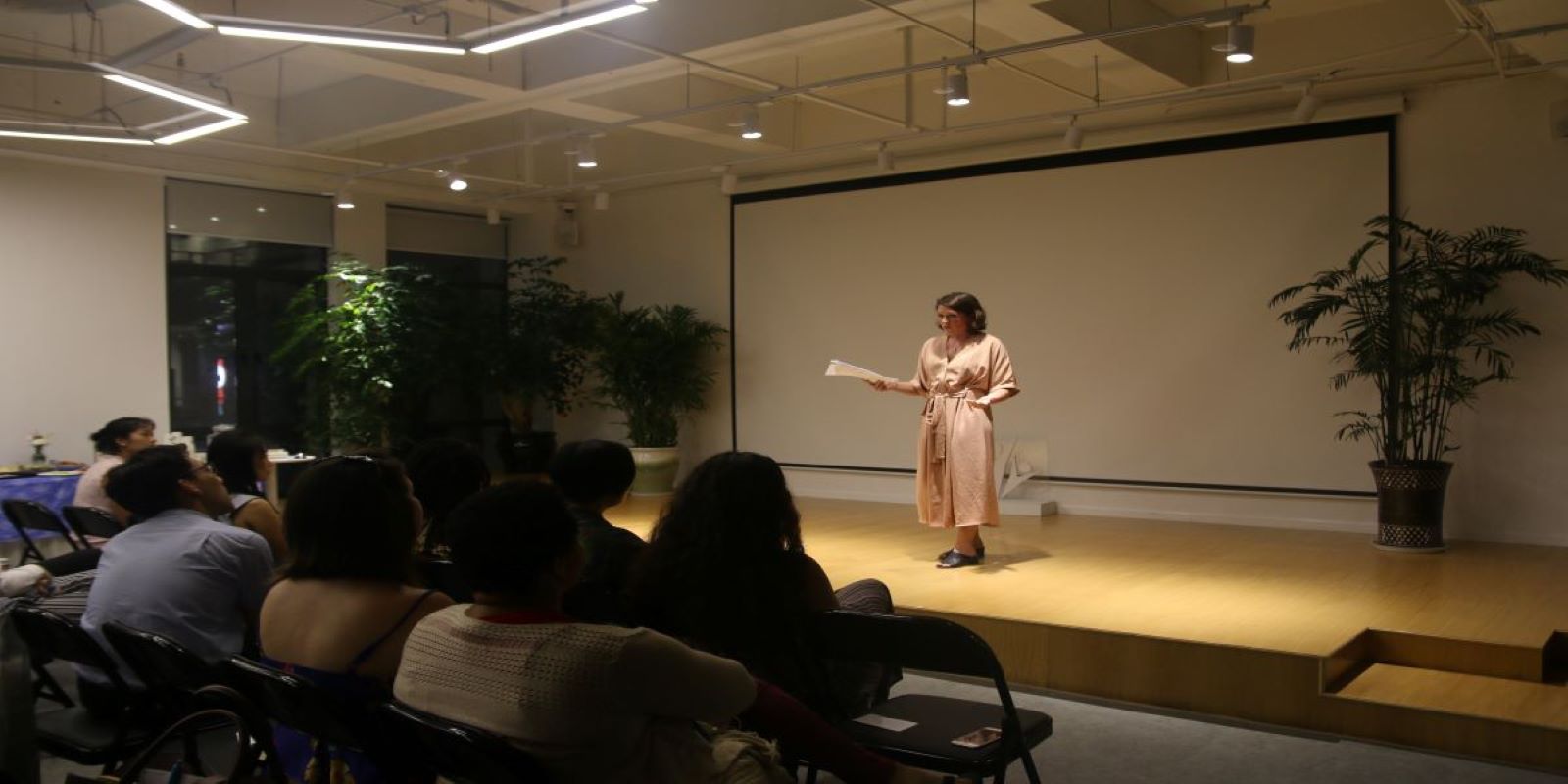A Good Tool To Use in Competitive Debates: Pre-Emption (Part I)
Post by
Coach Mike

There’s an old saying that offense is the best form of defense. Attack first to prevent your opponents from attacking you. In debate, this saying is absolutely true, and if your pre-emptive attack is done right, it’ll help you to defend your case and may even lead to you winning the debate.
In this article, you’ll learn what pre-emptions are, how to identify and develop pre-emptions, and how to use them in your speech.
To pre-empt in a debate means considering what your opponents will have to say on a specific issue and preparing an attack or response in advance. This is always a good tool to use, as it can prevent your opponents from making specific arguments or rebuttals, or at least make it significantly more challenging for them to do so. This is especially useful for opening teams in British Parliamentary debate as they don’t have an opportunity to engage with the closing teams’ cases directly, so pre-emptions can be crucial to winning the round.
So how do you do this? The first and most important action is to identify what it is that you’re trying to pre-empt. Usually, you should be pre-empting a specific impact, though occasionally, it can be a particular piece of analysis. Why? Because there are many ways to logically prove a point, but generally only a few ways to establish core impacts. So during your prep time, spend time thinking about what the opposite side is likely to say. Here are a few tips that can help:
Tip# 1: Plan Your Prep Time
Plan prep time in advance and dedicate time for pre-emption. You can have your second speaker spend five minutes thinking of arguments for the opposite side halfway through prep time, and then both speakers spend the last two minutes developing the pre-emption and incorporating it back into the first speech. The exact timing and how you incorporate it can be varied; what’s important is to decide this in advance before seeing the motion.
Tip# 2: Always Assume That Your Opponents Are As Good as You
Yes. You heard that right. assume your opponents are as good as you. You can ask the question, “What would I run?” and go from there. Don’t get too caught up second-guessing yourself or trying to add in creative impacts and analysis. The core case you come up with is likely to be what your opponents will come up with as well.
Tip# 3: Know The Teams’ Burdens
Consider any specific burdens the motion places on teams and use them to determine particular lines of analysis or impacts your opponents will need to establish to meet their burdens.
After you’ve identified what you’re pre-empting and think you have a good understanding of what your opponent is likely to argue, the best way to pre-empt arguments is to run the opposite. What that means is to identify whatever negative impact they’re going for and just claim that the opposite is more likely to happen. If the impact is a benefit, run that it’s more likely to happen on your side.
For example, say you’re Opening Government on the motion, “This House supports the welfare state.” Your pre-emption might be that the Opposition will argue that the welfare state takes away incentives for people to actively search for jobs because it provides them with some financial security and basic needs. In this case, you should make the argument that the welfare state actually creates more incentives and opportunities to find a job. For instance, people on welfare would be able to afford appropriate clothes for interviews or pay for a babysitter, which wouldn’t be possible otherwise.
Remember! The point is not to win the debate on this argument; you’re just trying to make sure you can clash with the other side. This stops your opponents from being able to win the clash for free without a direct challenge from your side. The goal is to make them work for it. Pre-emptions have the secondary effect of gaining time advantage; if a piece of pre-emption takes you 30 seconds to make and your opponent two minutes to get past, then it’s worth doing it for this reason alone because it means they have less time to add new materials. The final advantage is that if your opponents never get past your pre-emption, then you can sometimes win with it as a result of proving something you weren’t, in theory, supposed to be able to prove.
So far, you’ve learned what pre-emption is, the three steps you can take to identify what you need to pre-empt, and how to pre-empt your opponents’ impacts by claiming the opposite impact is more likely. In the second part of this article, you’ll learn an additional way to pre-empt impacts and what to do if you discover your pre-emption was wrong.

